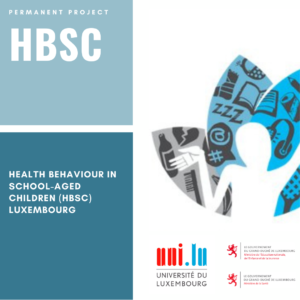PURPOSE
The paper explores gender inequalities between 45 countries across 10 health indicators among adolescents and whether those differences in health correlate with gender inequality in general.
METHODS
Data from 71,942 students aged 15 years from 45 countries who participated in the 2018 Health Behaviour in School-aged Children survey were analyzed. For this purpose, 10 indicators were selected, representing a broad spectrum of health outcomes. The gender differences in the countries were first presented using odds ratios. Countries with similar risk profiles were grouped together using cluster analyses. For each of the 10 indicators, the correlation with the Gender Inequality Index was examined.
RESULTS
The cluster analysis reveals systematic gender inequalities, as the countries can be divided into seven distinct groups with similar gender inequality patterns. For eight of the 10 health indicators, there is a negative correlation with the Gender Inequality Index: the greater the gender equality in a country, the higher the odds that girls feel fat, have low support from families, have low life satisfaction, have multiple health complaints, smoke, drink alcohol, feel school pressure, and are overweight compared with boys. Four indicators show a divergence: the higher the gender equality in a country in general, the larger the differences between boys and girls regarding life satisfaction, school pressure, multiple health complaints, and feeling fat.
CONCLUSIONS
Countries that are geographically and historically linked are similar in terms of the health risks for boys and girls. The results challenge the assumption that greater gender equality is always associated with greater health equality.
Patterns of health-related gender inequalities-A cluster analysis of 45 countries
Zitiervorschlag
Heinz, A., Catunda, C., van Duin, C., Torsheim, T [Torbjørn] & Willems, H. (2020). Patterns of health-related gender inequalities-A cluster analysis of 45 countries. Journal of Adolescent Health, 66(6), 29-39.



